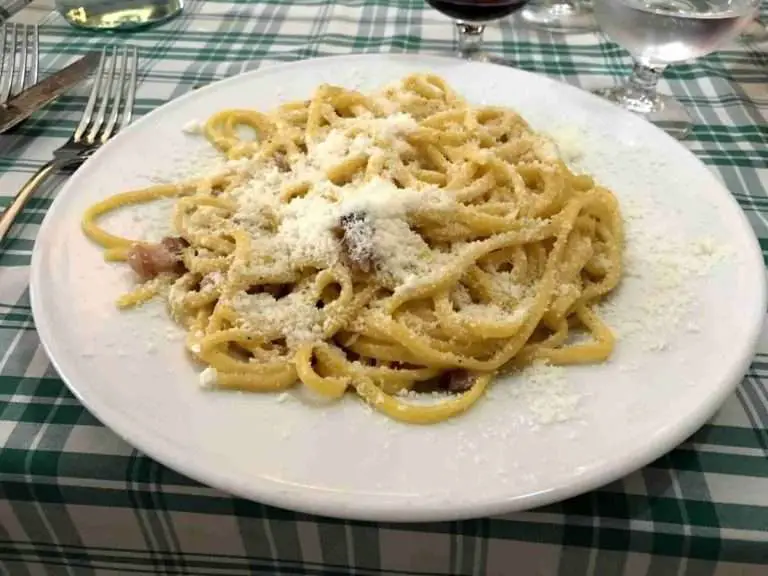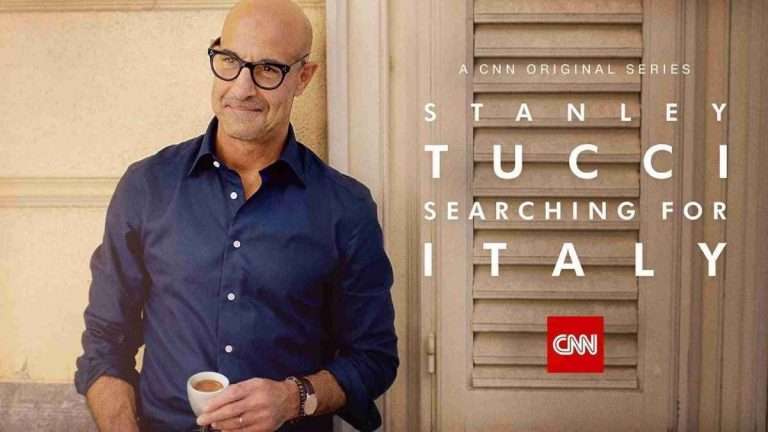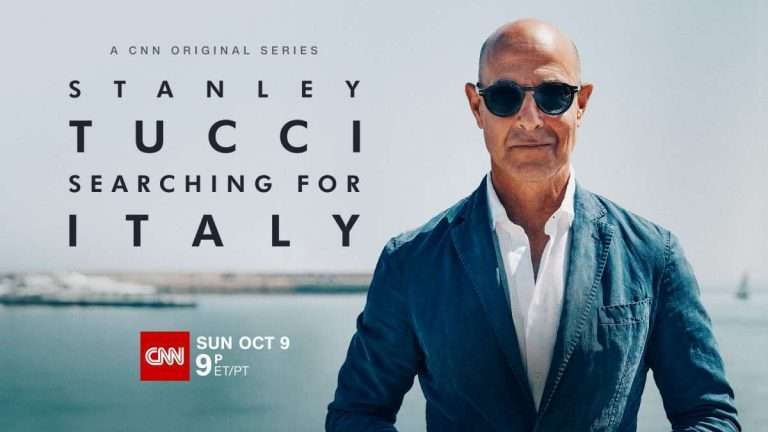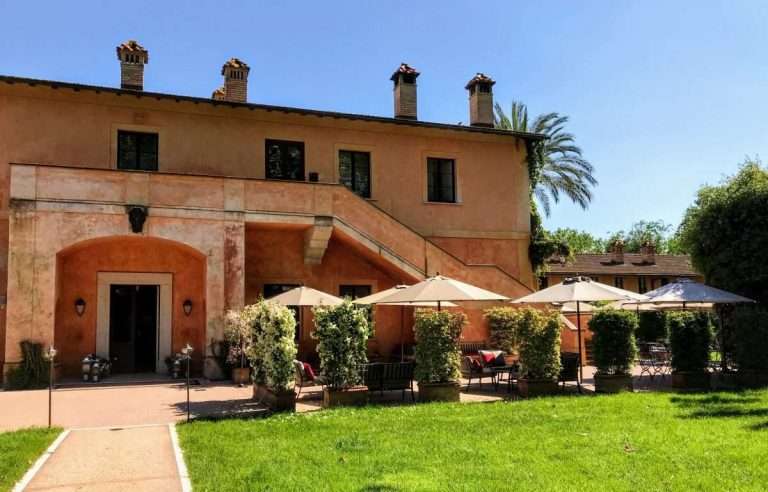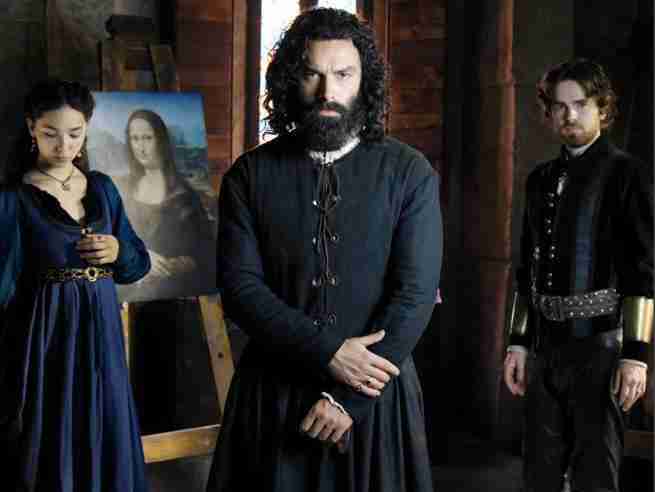
Ever since I finished binge-watching Medici: Masters of Florence a few months ago, I have been trying to find something to replace it. The new series “Leonardo” looks like it may fit the bill.
“Leonardo” has all the elements that made the “Medici” so appealing. Set in Italy? Check. Beautiful landscapes and costumes? Yes. Based on historical events? Yes, again. Leonardo also has a good-looking cast, led by Aidan Turner (“Poldark”), Freddie Highmore (“The Good Doctor”), Matilda de Angelis (“Rose Island”), and Carlos Cuevas (“The Ministry of Time”).
Both series were co-created by Frank Spotnitz, the American showrunner who is also known for his work on “The X-Files” and “The Man in the High Castle.” Spotnitz co-wrote “Leonardo” with Steve Thompson, a British writer for the “Sherlock” series. “Leonardo” is the first series co-produced by The Alliance, a company formed by European broadcasting giants RAI, France Television, and ZDF.

Like the Medici series, “Leonardo” takes some creative license when telling the story of one of the most famous names from the Renaissance. Episode 1 of “Leonardo” opens with Leonardo being interrogated for the murder of Caterina da Cremona, an event that did not happen.
“The series revolves around this murder investigation, an invention by the screenwriters, which acts as a leitmotif and enriches the protagonist’s private story with suspense,” explains Freddie Highmore in an interview in Corriere della Sera.
We know from Walter Isaacson’s Leonardo da Vinci (and many other biographies) that the artist was never arrested for murder. But he was arrested (and released) for sodomy, a “crime” so prevalent in Florence at the time that contemporary German slang for a gay person was Florenzer.
“He was a real outsider for those times. He was an illegitimate child, gay, vegetarian, and left-handed,” said RAI Head of Drama Eleonora Andreatta in an early interview about the series.
Even though Leonardo da Vinci’s homosexuality has not been a secret for many years, this series is the first to explore Leonardo da Vinci’s personal life. The artist’s sexuality is “certainly a feature,” explains writer Thompson, “but it’s not the main pillar on which we are hanging it. Some of his relationships were with men; those were significant relationships. But perhaps the most significant relationship in his life was with a friend who was a woman, with whom he was very close, and we unpack that. So we are not steering clear of it….It’s just part of the mix.”
But Guardian writer and art critic Jonathon Jones, who viewed the series in advance of its release in the U.K., was put off by the platonic love story of Leonardo and Caterina da Cremona.
“The new drama ‘Leonardo’ drags Caterina da Cremona out of the shadows,” writes Jones. “But Caterina is a figment, a fantasy, a complete piece of tosh, invented by a 19th-century Romantic and for some reason given highly unconvincing credence by one modern biographer, Charles Nicholl. If the makers of Leonardo wanted a strong woman character, they had plenty of [other] historical options.”

It is a wonder why the writers felt the need to fold in this story of Caterina da Cremona or accuse our Renaissance Man Leonardo of murder just for drama’s sake. Leonardo’s life is fascinating enough. Italian Wikipedia editors have also created a whole section devoted to inaccuracies or “deficiencies” in the script, such as the omission of the fact that many of Leonardo’s classmates at Verrocchio’s workshop (e.g., Botticelli) also rose to fame.
But I am satisfied with this explanation in Variety from Thompson:
There is a huge amount of information about Leonardo, but there are still some enigmas. Whenever you read his biography, there are still places where the biography starts to speculate. And from the point of view of Frank and I, that’s just wonderful, because it means there are moments which are factual, but there are [also] moments where we can be dramatic and venture off a little bit and try and solve these enigmas….
“Leonardo” is an eight-part series, with each episode focusing on a famous work by da Vinci. Episode 1 is set in Verrocchio’s workshop in Florence, where Leonardo assists him with the painting of “The Baptism of Christ” and a difficult engineering project.
Other episodes explore Leonardo’s paintings, including the “Mona Lisa” and his “Last Supper” in Milan. Viewers also get to see how Leonardo’s mind worked as he considers new inventions, engineering and architecture projects, notebooks, and sketches.
The series was initially released in Italy on RAI at the end of March 2021. “Leonardo” will be available on Amazon Prime UK on 16 April. Release dates in other countries have yet to be announced as of this writing.
I have been watching Leonardo on RAI and love it so far, despite the artistic license that the writers have taken with the story. There is a touch of the “Medici” — a bit of soap opera, glimpses of the Florentine cityscape, a reverent narrative towards the importance of art.
“Leonardo” is not a documentary. But maybe that is what makes it good television. The story moves along with enough intrigue to keep you hooked. And, like the Medici, most of it is true.
I’m excited to have a new series to watch. If you liked “Medici: Masters of Florence,” you will probably like “Leonardo,” too.
Last updated on May 9th, 2023Post first published on April 4, 2021

